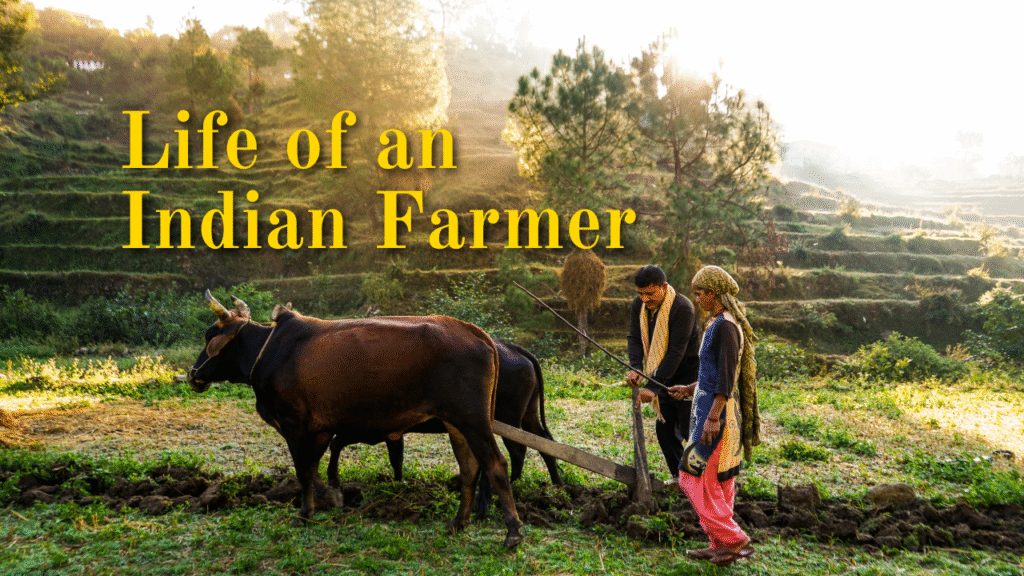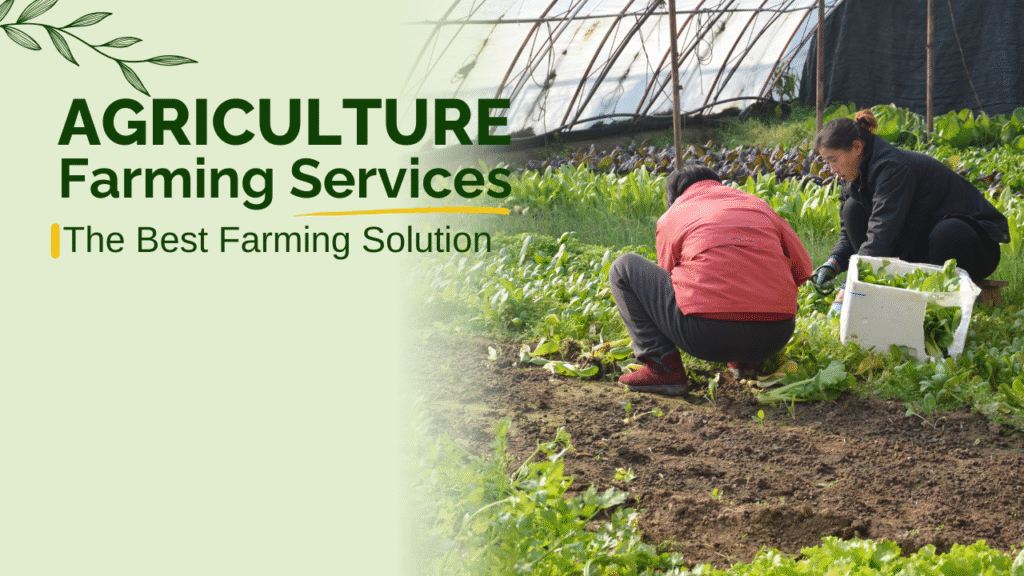
1. The Big Picture: Drivers of Change
Agriculture in 2025 stands at the intersection of urgent environmental challenges and groundbreaking innovation.
- Climate stress, water scarcity, soil degradation, and disruptive geopolitics are undermining traditional farming systems, amplifying risks to global food security Financial TimesThe Guardian.
- As freshwater demand nears crisis levels, with projections indicating supply will fall short by 40% by 2030, agriculture faces intensified scrutiny over resource management Wall Street Journal.
- Meanwhile, “climateflation”—food inflation triggered by climate-induced disruptions—is pushing prices up, especially for fresh produce, and disproportionately burdening low-income populations The Guardian.
2. Digital and Smart Farming Technologies
2025 is a turning point, with the mainstream adoption of digital agriculture. Three transformative technologies stand out:
a) IoT, Sensors & Precision Farming
- IoT networks—from soil moisture and nutrient sensors to weather stations—provide real-time field data, enabling efficient irrigation and input use (e.g., up to ~30% water savings) Farmonaut®+1.
- The IoT4Ag initiative is pioneering biodegradable sensors that monitor soil and plant health and interface with cloud dashboards Business Insider.
- These capabilities allow farmers to act quickly on emerging threats like drought and disease, improving both yield and sustainability.
b) AI, Edge Computing & Data Analytics
- Farmers harness AI and edge analytics to interpret sensor data, forecast pest and disease risks, optimize input timing, and tailor field-level interventions Agritech DigestFarmonaut®.
- By 2025, AI-driven precision agriculture is expected to reach over 60% of global farms, with robotics potentially boosting yields by up to 30% Agritech Digest.
c) Drones & Robotics
- Drones fitted with multispectral/thermal sensors deliver aerial insights—identifying stress zones, scouting threats, and enabling precision spraying Farmonaut®fasalbachao.com.
- Autonomous robots and tractors now tackle planting, weeding, and harvesting. From laser weeders like Carbon Robotics to Blue River’s “See & Spray” systems, these tools dramatically cut chemical use and labor costs fasalbachao.comWikipedia.
d) Digital Twins & Synthetic Modeling
- Digital twin technology allows virtual simulation of fields—combining data streams from sensors, satellites, and weather services for predictive, data-driven farm management fasalbachao.comQaltivate.
- Simulations optimize planting schedules, irrigation plans, and resource allocation—boosting yields (up to ~20%) while reducing inputs (~30%) fasalbachao.com.
3. Sustainable and Regenerative Practices
a) Regenerative & Climate-Smart Farming
- Practices like cover-cropping, no-till, rotational grazing, and agroforestry are being revived—bolstered by AI and robotics that monitor soil health and carbon levels Agritech Digestsalamkisan.com.
- Carbon farming programs and blockchain-enabled ecosystem service markets are making these practices both environmentally and economically appealing Agritech Digest.
b) Alternative Proteins & Biotech Productivity
- Alternative proteins—from plant-based to cellular agriculture and insects—are gaining commercial traction as lower-emission alternatives to livestock farming salamkisan.comWikipedia.
- Biotechnology is delivering climate-resilient, nutrient-dense crops via gene editing, while fermented proteins (e.g., from air or algae) emerge through precision fermentation Financial TimesWikipedia.
c) Controlled-Environment & Vertical Farming
- Controlled-environment agriculture (CEA)—including hydroponics, vertical farms, and greenhouses—offers year-round, highly efficient food production, especially in urban settings salamkisan.comJiffy Group ENWikipedia.
- These systems use up to 95% less water and drastically reduce “food miles,” with modular setups advancing multi-crop production Jiffy Group EN.
d) Circular Farming & Sustainable Inputs
- Innovations include peat-free media, biodegradable growing substrates, and closed-loop systems: recycling waste into biogas or organic fertilizers Jiffy Group ENsalamkisan.com.
- Such circular practices bolster environmental health while enhancing farm resilience.
4. Supply Chain, Traceability & Finance
a) Blockchain for Transparency
- Blockchain systems ensure traceability from farm to fork—critical for organic produce, premium exports, and food safety—by recording every step in immutable ledgers marketsandmarketsblog.comLinkedInFarmonaut®.
b) Agri-Fintech & Financial Access
- Digital payment systems, UPI integration, and mobile credit platforms are expanding access to finance for smallholders, reducing reliance on intermediaries LinkedIn.
c) Crop Insurance and Ecosystem Services
- Farmers increasingly benefit from sustainable practice incentives—like carbon credits and payments for ecosystem services—aligning ecological and economic incentives Agritech Digestsalamkisan.com.
5. Innovation Hubs & Regional Highlights
a) India’s Agritech Spark
- A landmark partnership between Punjab Agricultural University and BITS-Pilani is fostering AI, IoT, drone, and geospatial research directed at agriculture optimization The Times of India.
- In Tamil Nadu, the NRCB is promoting AI, IoT, and drone-based smart farming tools among banana growers—though uptake remains cautious The Times of India.
- Meanwhile, an IIM alumnus in Bihar is empowering over 30,000 landless and marginal farmers with AI-driven guidance—for crop disease, real-time weather, and livelihoods—bridging the rural-digital divide The Times of India.
- In Odisha, a young farmer, Subhen Kumar Panigrahy, is transforming field operations by using drones for fertilizer spraying—covering 640 acres already, and expanding into seeding and pesticide application The Times of India.
b) Global Policy and Resilience
- Australia boosted agriculture with an extra US$1 billion in low-interest loans for drought-affected farmers and biosecurity funding amid bird-flu threats Herald Sun.
- In the UK, poor harvests linked to drought and policy complexity are testing farmers, with wheat yields ~9% below the 10-year average Financial Times.
6. Navigating Challenges & Barriers
While progress is palpable, challenges persist:
- High upfront costs, technological complexity, and connectivity gaps limit IoT and robotics adoption in rural areas Business InsiderAgritech Digest.
- Fragmented policy landscapes—as seen in England—can hamper farmer adoption of greener practices Financial Times.
- Water stress remains critical; meat and dairy sectors particularly struggle with water insecurity, and most firms lag in water risk management Wall Street Journal.
- Equity gaps still exist: smallholder and marginalized farmers need better access to technology, finance, and training.
7. Looking to the Horizon: 2026 and Beyond
- Alternative and lab-grown proteins will further penetrate markets, aiding climate-friendly nutrition Financial TimesWikipedia.
- Continued IoT‐AI-robot integration will push yields higher and costs lower, especially as hardware gets affordable and accessible.
- Digital twins and precision models may become standard tools even for smaller family farms.
- Vertical farming and CEA scaling will boost local food security in cities globally.
- Ecosystem payment models—carbon credits, biodiversity incentives—will become more mainstream, further aligning sustainability and profitability.
- Policy action—from funding to rural connectivity—will be critical; without it, the digital farming revolution risks leaving vulnerable farmers behind.
Summary: Agriculture 2025 in Focus
- Tech adoption: AI, IoT, drones, robotics—scale is expanding fast, with clear productivity gains.
- Sustainable resilience: Regenerative methods, alternative proteins, and CEA reshape how we view food production.
- Transparency and finance: Blockchain traceability and agri-fintech empower farmers and consumers.
- Global innovation: From India to Australia, local initiatives and funding drive real-world change.
- Challenges remain, especially around equity, cost, infrastructure, and policy coherence—but the path forward is promising.
In 2025, agriculture is no longer defined simply by tradition—but by the seamless integration of technology, sustainability, and equity. The question isn’t if farming will transform—but how fast and how inclusively it does.

